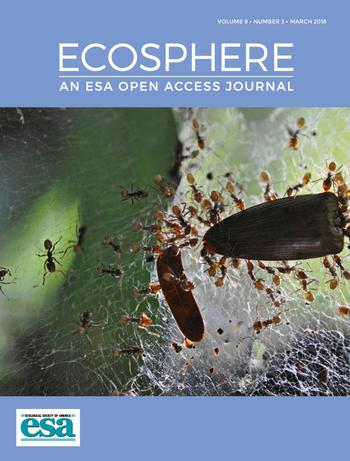Drawing a map of invasion biology based on a network of hypotheses
Enders M, Hütt MT, Jeschke JM – 2018
Invasion biology is a thriving ecological research field, and confusingly many hypotheses, concepts, and ideas about biological invasions populate today''s literature. Moreover, some of these hypotheses are very similar, whereas others contradict each other. It is not clear whether in such a situation a plausible global relational structure—or map—of these hypotheses emerges in the minds of the involved researchers and, if so, how this map can be reliably reconstructed from the expertise of individuals. Here, we report results of an online survey with 357 experts on invasion biology and several reconstructions of such a map. Using the distance information between hypotheses provided in the survey, the resulting network is essentially random. This finding implies that invasion biologists currently do not have a joint vision how invasion hypotheses are related to each other. However, the pattern of pairwise familiarities between the hypotheses in the survey yields joint‐mentions networks with highly non‐random features. These networks allow us to assign conceptual roles to many of the hypotheses in the field on purely topological grounds. Such hypothesis networks can help everyone interested in research fields to understand their conceptual structure. They can serve as maps of research fields.

